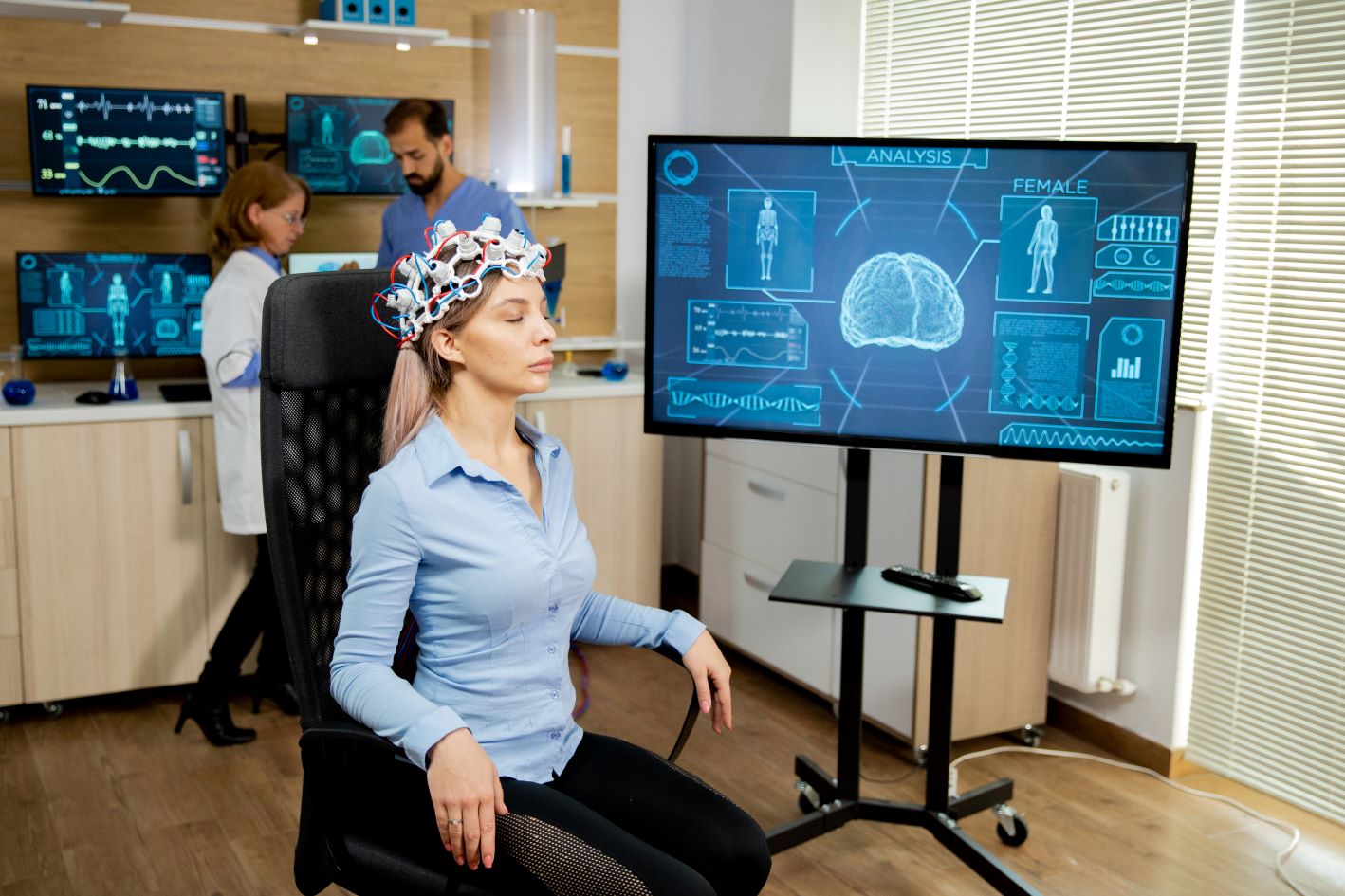
EEG
Electroencephalography (EEG) is a diagnostic tool used in neurology to monitor and record the electrical activity of the brain. It involves placing electrodes on the scalp to detect and amplify the electrical signals generated by the brain's neurons. EEG is a non-invasive and painless procedure that helps neurologists assess brain function and identify abnormalities in the electrical patterns. While EEG itself is primarily a diagnostic tool, rather than a treatment, the information gathered from EEG tests can guide treatment decisions for various neurological conditions. EEG is essential for diagnosis and monitoring, the treatment for neurological conditions often involves a combination of approaches. Treatment plans may include medications, surgery, lifestyle modifications, and other interventions based on the specific neurological disorder diagnosed.
- Diagnosis of Epilepsy : EEG is commonly used to diagnose and monitor epilepsy. The characteristic patterns of electrical activity during seizures can be observed on the EEG, helping to confirm the presence of epilepsy and determine the type of seizures.
- Monitoring Brain Function : EEG is used to monitor brain function in various clinical settings, such as intensive care units. It can be employed to assess the level of consciousness, detect abnormalities, and provide information about brain activity in response to stimuli.
- Sleep Disorders : EEG is often used in sleep medicine to study sleep patterns and identify disorders such as sleep apnea, insomnia, and parasomnias. Different stages of sleep can be distinguished based on the characteristic EEG patterns.
- Research and Cognitive Studies : EEG is utilized in research studies to investigate cognitive processes, memory, attention, and other aspects of brain function. It helps researchers understand how the brain responds to various stimuli and tasks.
- Neurofeedback Therapy : Although EEG is primarily a diagnostic tool, there is a therapeutic approach known as neurofeedback or EEG biofeedback. In neurofeedback, individuals are trained to control their brainwave patterns, with the goal of improving conditions such as attention deficit hyperactivity disorder (ADHD), anxiety, and certain types of headaches.
- Brain Mapping : EEG can be used for brain mapping, where the electrical activity of specific regions of the brain is studied to identify functional areas. This information is valuable in planning surgical procedures, especially for conditions like epilepsy or brain tumor resections.
